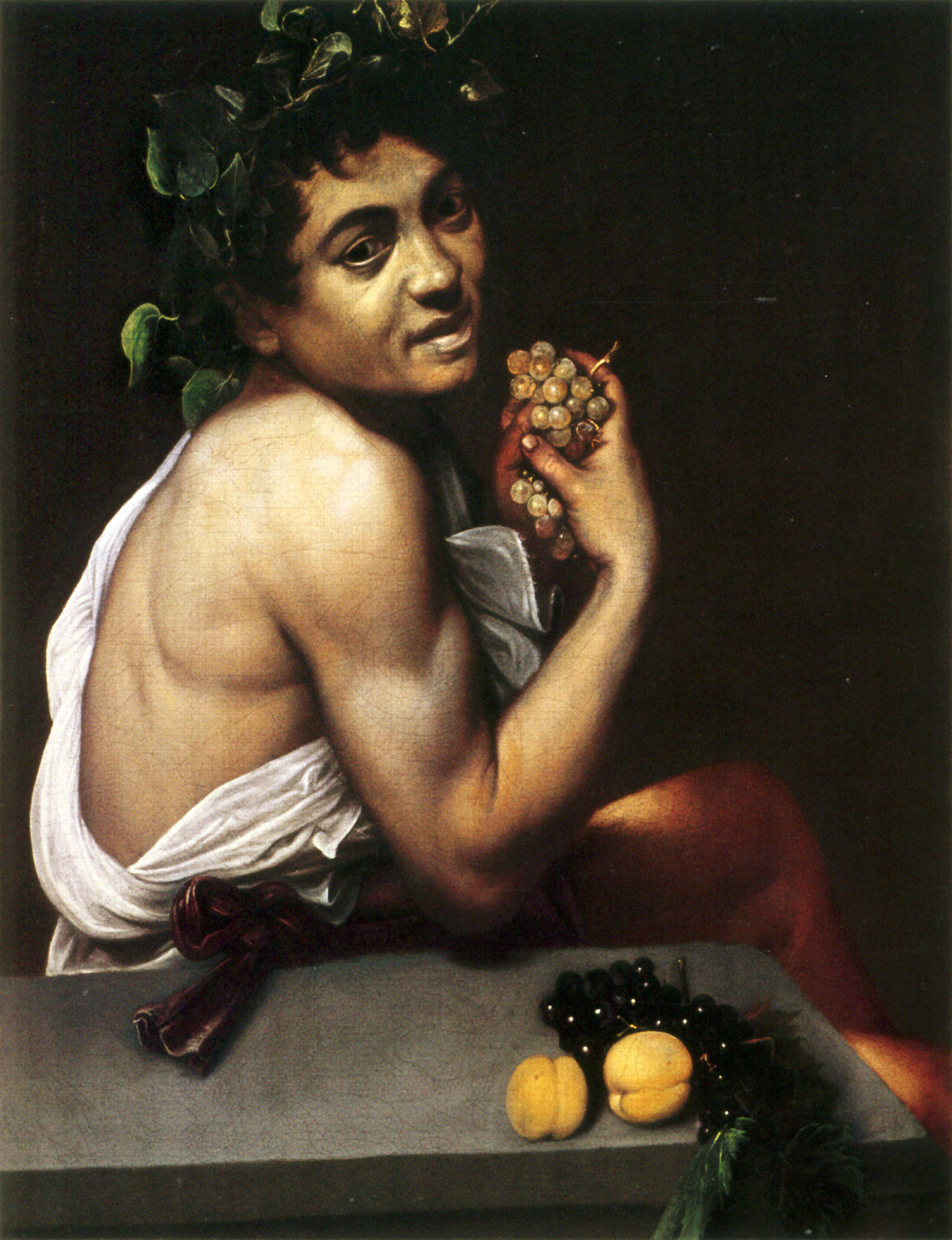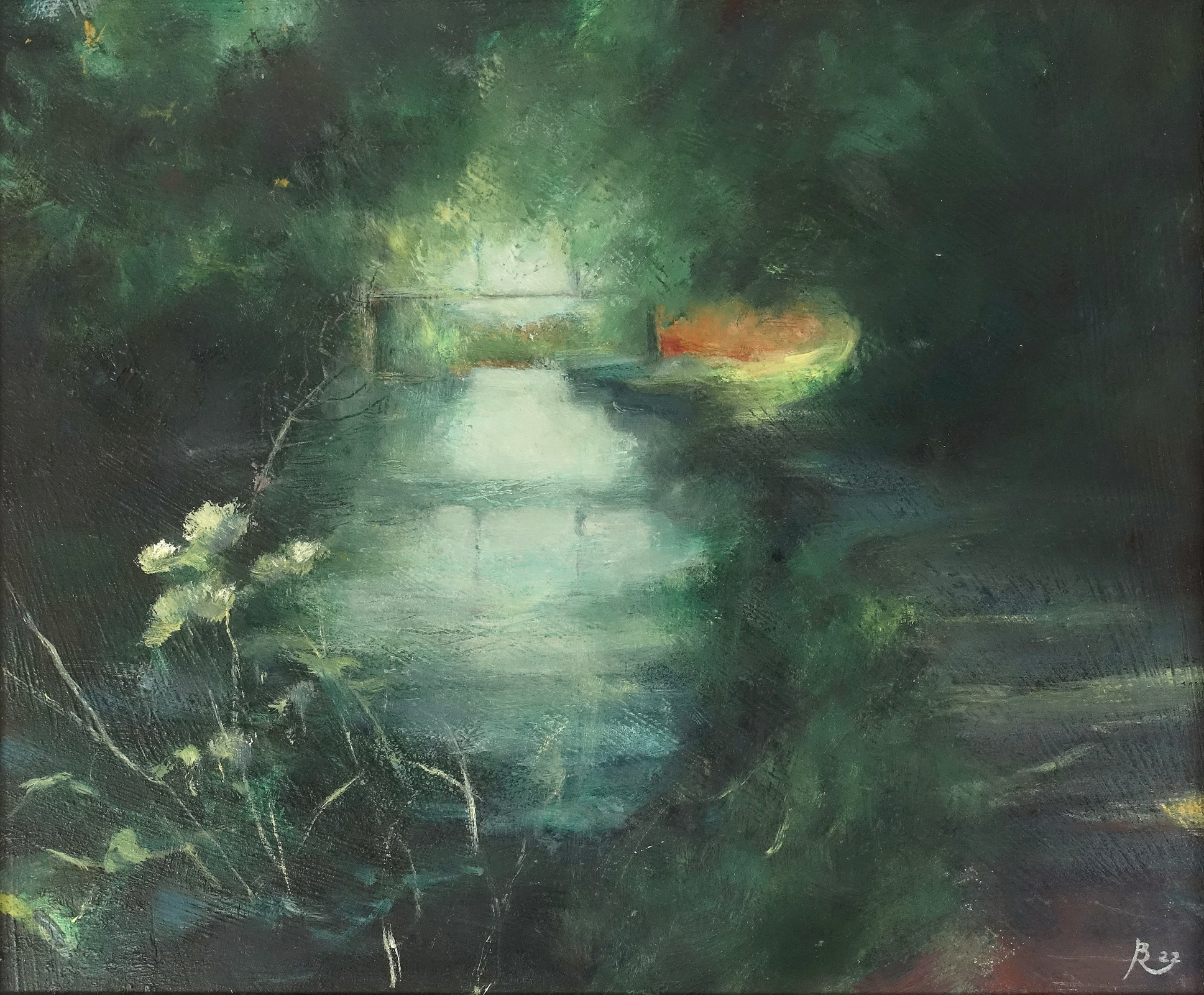There are some pioneer painters and artists in the past who have created world’s most famous and memorable paintings. Art historians have taken years to decipher hidden meanings within the paintings and tried to analyse what was going through their minds while they painted the specific artwork. These renowned artists have contributed at large to art and left us with masterpieces which to date make people gasp out aloud from the beauty and magnificence they display.
1. Masaccio (1401-1428)
Masaccio died at a very young age of 26, and is remembered by anyone. However, he was responsible for creating stunning characterisation, emotion and realism while he worked on Brancacci Chapel frescoes on the life of St. Peter and the Baptism of the Neophytes. He was recognised as the founder of painting in Florence so much so that his artwork had a great impact on the chapel, which later served as a school for many upcoming Florentine painters. His influence can be traced in the works of Michelangelo, Raphael and Leonardo da Vinci.
2. Leonardo Da Vinci (1452-1519)
Famously known as one of the greatest innovator to have lived, he was also an architect, mathematician, engineer, sculptor and scientist. Even though he has created some of the most famous and renowned pieces of art of his time and to date, amongst all these creative display of his talents, The Last Supper remains to be the most popular. With his unique display of Mona Lisa, he was able to set a new trend for portraiture.
3. Raphael (1483-1520)
Raphael was the first painter to respond to Leonardo’s Mona Lisa by painting Maddalena Doni but clearly missed the point, which Leonardo was depicting in his portrait. However, he didn’t take too long to understand the flaws he had and quickly learned after which he set out to work in the Vatican on his School of Athens. After Leonardo’s popular The Last Supper, Raphael came back to respond with a great leap. Through his piece of art, he was able to make a more complex composition of figures with detailing such as loosening them in the background and symbolically increasing the rank as you proceed up the stairs.
4. Michelangelo (1475 -1564)
Michelangelo was relatively influenced by the works of Masaccio rather than Leonardo and was an older rivalry of Raphael. However, he is popular known for his work on the ceilings of Sistine Chapel in the Vatican for his biblical illustrations. His paintings gave thousands of European painters ideas and images to steal, borrow and beg.
5. Titian (1480-1576)
He was known to transform the history of art and patronage by greatly varying from painting sexual, mythological erotic pleasures to religious paintings which encompassed a lot of emotions. His work allowed kings and princes to commission sexual seduction more readily as compared to crucifixions. He brought about new invention in oil painting, which created richer, intriguing and infinite surfaces.
6. Caravaggio (1571-1610)
He was known for his dramatic and illusionist figures of youth and religious subjects. He also took complete advantage of contrasting with lights and shadows to create an even more dramatic look to his canvases. All these techniques can be seen in his famous painting called The Calling of St Matthews where intricate details of dirty feet ad fingernails instantly attracted other painters from across the Europe.
7. Rembrandt (1606-1669)
One of the admirers of Caravaggio’s artworks, Rembrandt displayed the similar dramatic techniques in his piece called The Night Watch. You can also see some similarities of Titian’s work in his painting where warm colours; thick paint and uninterrupted brushwork are some techniques Rembrandt used to create this masterpiece.
8. Rubens (1577-1640)
He was largely influenced by the works of Michelangelo, Caravaggio and Titian all who showed dramatic compositions of a sole being’s struggle with a heap of figures rushing to the scene or climbing ‘heavenward.’ One of his acclaimed pieces of art was The Descent from the Cross, which was simply old-fashioned, transparent and fluid.
9. Velazquez (1599-1660)
His ingenious piece of art Las Meninas (The Maids of Honour) is a great display of how he showcases himself painting the Spanish king and Queen who are only seen in a small reflection behind him while in actual the painting shows him painting the king’s daughter.
10. Picasso (1881-1973)
Three centuries after Velazquez came Picasso who was known for his development of cubism, embraced the sculptures of sub-Sahara Africa and went on to be a prominent protestor against Nazi German all done in order to create a masterpiece which has to date not been matched. The Guernica is a grotesque display of how tortured human and animals shrieked in agony to the sky.



